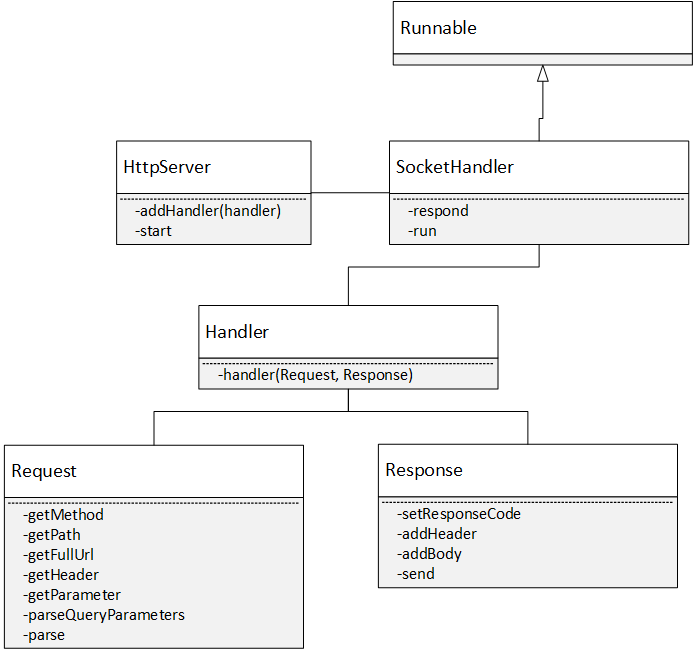


In this tutorial we will go over Java Asynchronous HttpClient Example and details. Every release brings so many new APIs and functionalities to core Java SDK.
SIMPLE HTTP CLIENT JAVA UPGRADE
It’s a much need upgrade to the HTTP functionalities that ship with the JDK.Java is very powerful. It also supports newer standards, like HTTP/2 and WebSockets. HttpClient is not just an updated version of the old HttpURLConnection API. You typically use the result through methods like thenApply and other combinators that let you asynchronously work with the result. Once the server returns a response, the CompletableFuture is completed. The rest of the program keeps running, and the HTTP request is performed on a separate thread. This CompletableFuture represents the response that will be returned at a later time by the server. The sendAsync method returns a CompletableFuture immediately. You can also perform asynchronous, non-blocking calls with the new HttpClient API: HttpClient client = HttpClient.newHttpClient() ĬndAsync(request, ()) On this response we can check things like the HTTP status code, and of course get retrieve the body with the body() method. Once the response has been completed, it’s turned into a String and wrapped in an HttpResponse object. In this example, a synchronous (and blocking) call is performed to the HTTP server. These objects are thread-safe and can be safely shared throughout an application. Once a client or request is built, it is immutable. On both the client and the request builder APIs there are many possible configuration options, for example for timeouts and HTTP redirect policies. The above example shows an HttpClient and request configured with their defaults.

Here we simple turn the server’s response into a String. For this, several pre-defined BodyHandlers are available.
SIMPLE HTTP CLIENT JAVA HOW TO
Couldn’t be simpler! In addition to the request, we must also tell the send method how to interpret the response body sent by the server. So what does it look like? Here’s the simplest possible scenario, of performing a simple GET request: HttpClient client = HttpClient.newHttpClient() Ĭnd(request, ()) Īfter creating an HttpClient instance, we create an HttpRequest (using the builder API) and pass it to the the client’s send method. It’s much more modern, and also supports HTTP/2 and WebSocket communication. I think you can see the problem.įortunately a new HttpClient API has been introduced in Java 11 (released September 2018). Remember, the API was created before generics, enums, lambdas, and other modern features were in the Java language. However, this API (which was introduced in JDK 1.1 around 1997) is no joy to use, to say the least. It turns out you can do so using the HttpURLConnection class, which is right there in the package. Can’t Java offer a basic functionality like making an HTTP request with its standard library? Even though these libraries are mostly fine, it does mean taking yet another dependency in your application. Examples are the Apache HttpClient from the HttpComponents project, Square’s OkHttp or even more high-level libraries like the JAX-RS Client API. When doing HTTP calls from Java code, you typically use an HTTP client library. That has changed with Java 11, where an all-new HttpClient API is introduced to the platform. For years, performing HTTP calls from Java meant you would use an external dependency.


 0 kommentar(er)
0 kommentar(er)
